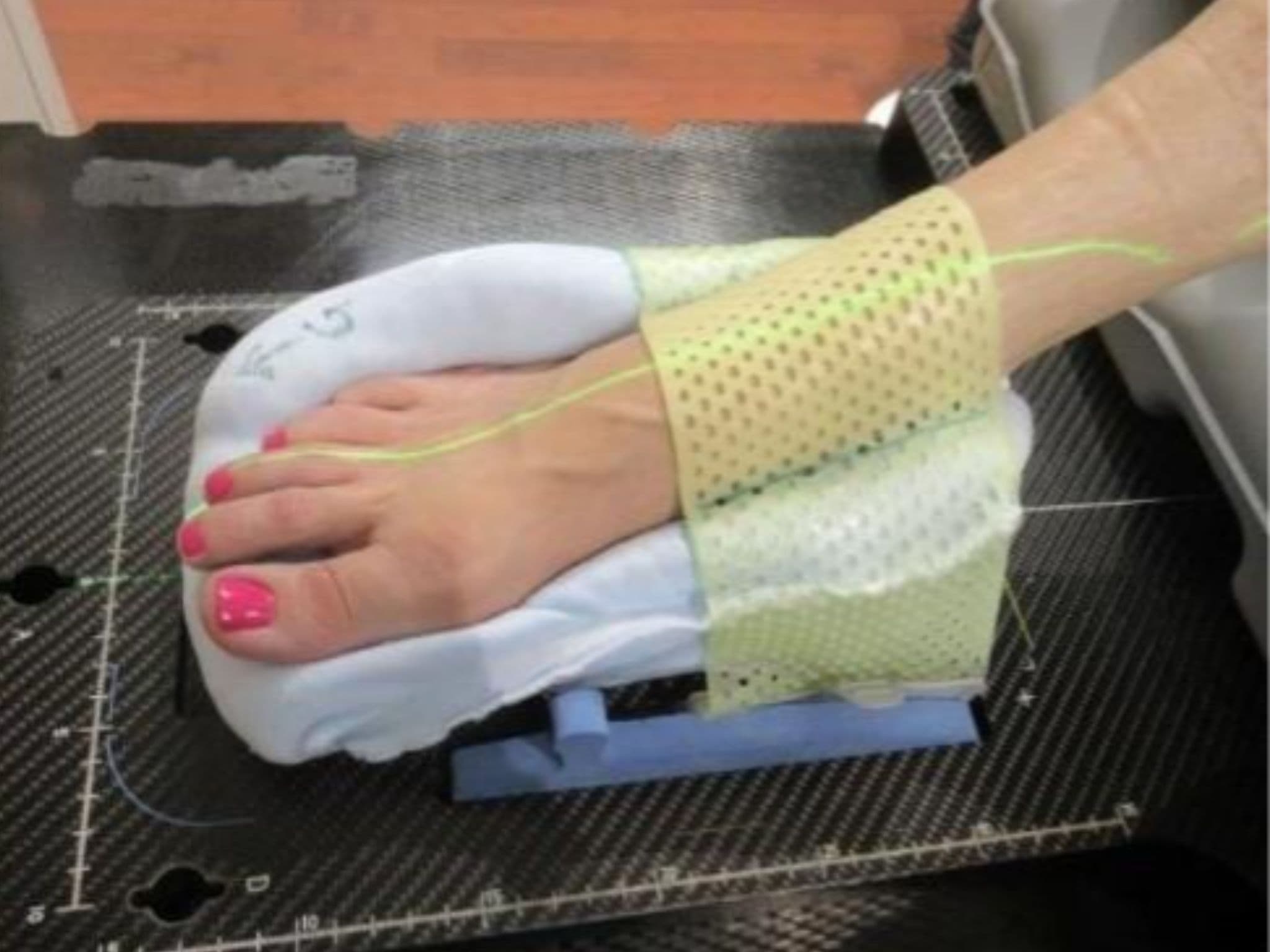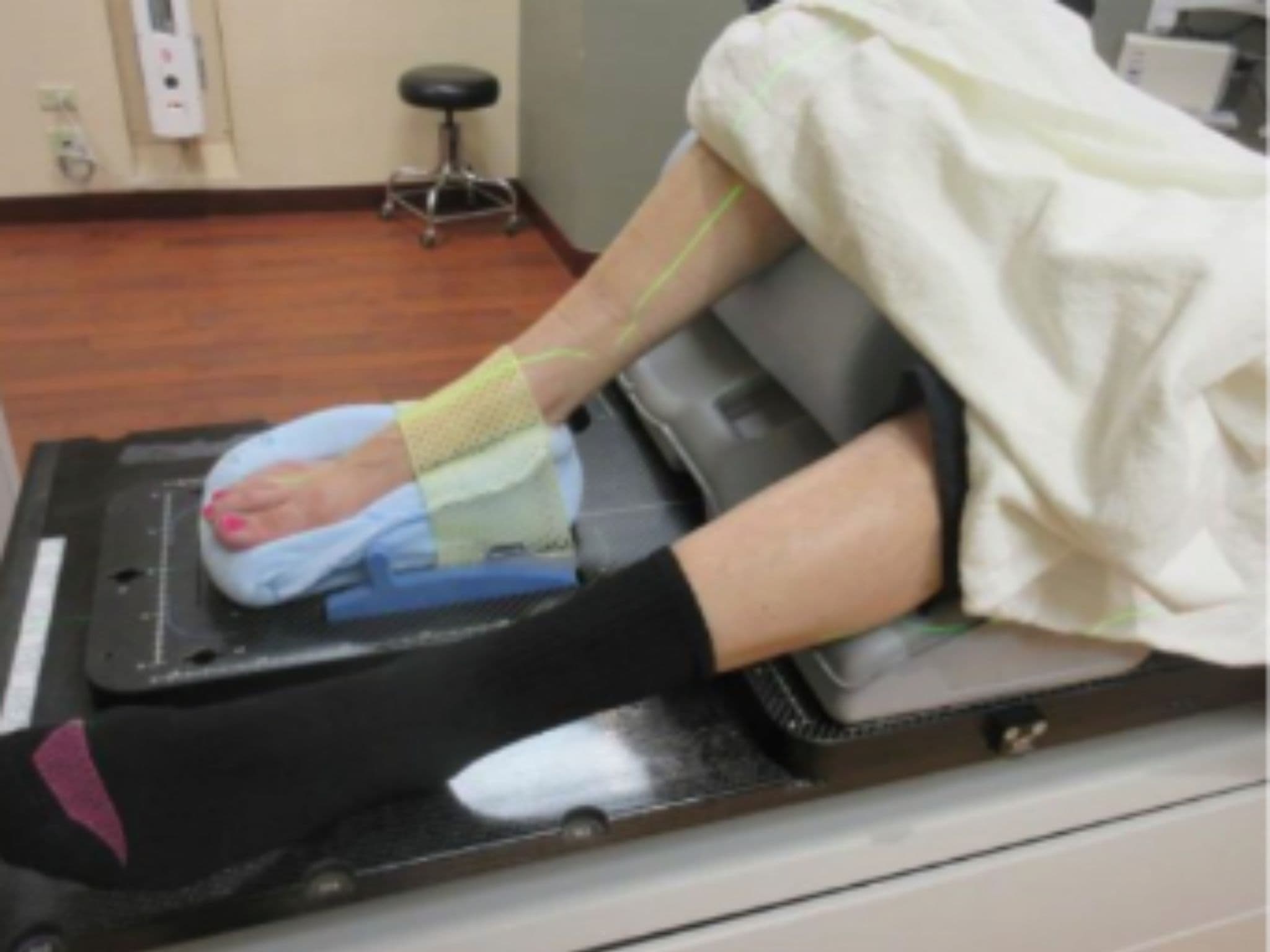
Radiation therapy is widely recognized for its role in cancer care, but there is renewed interest in the use of low-dose radiation therapy (LDRT) for benign conditions like osteoarthritis and trigeminal neuralgia. At the forefront of this expansion is AdventHealth's Rocky Mountain Region, where clinicians are embracing new techniques and tools to provide effective, patient-friendly care.
We recently sat down with Dr. Matt Spraker, Radiation Oncologist, and Meredith Gall, Radiation Oncology Manager, to discuss how their team is implementing LDRT using Varian-Truebeam linear accelerators and The AIO Solution® 3.0 to streamline treatment to improve patient outcomes.
Gall, a radiation therapist with more than two decades of experience, now manages three radiation oncology sites in the Denver, CO area. “We’ve started to see growth in our benign treatment volume,” she shared. “At our Littleton site, 30 to 40% of our cases involve benign conditions like meningiomas and trigeminal neuralgia. Meanwhile, we’re expanding our use of LDRT, especially for osteoarthritis.”
Dr. Spraker echoed this trend, highlighting two major categories for benign treatments: skull base radiosurgery and LDRT for extremity-related conditions. “Our radiosurgery program is very robust, but when it comes to LDRT, we’re focusing on arthritis - hands, feet, knees, and shoulders,” he said. “We’re also exploring referrals for tendonitis and plantar fasciitis.”

A key to their success has been the strategic use of Orfit’s patient immobilization solutions. “We love Orfit’s masks,” Gall explained. “Their products are lightweight, pliable, and versatile. We use them for everything from hands to ankles. Even something labeled as a ‘chin mask’ has become a go-to for securing extremities.”
One key immobilization tool is Orfit’s Moldcare cushion, which hardens around the treatment area to hold it securely. Combined with specialized masks and low-density baseplates, the team ensures precise, reproducible positioning - vital for effective LDRT. “Initially, we kept things simple,” Gall admitted, “but as we learned more, we saw how important it was to invest in proper immobilization, even for low-dose cases.”

That attention to detail is intentional. “Even though it’s low-dose,” Dr. Spraker emphasized, “the biology of LDRT is dose-sensitive. A well-targeted setup is critical. Orfit’s system gives us the same reliability we’d expect from high-dose cancer therapy setups—with more comfort for the patient.”
Patients, too, are seeing results. “Studies quote a 70–90% response rate, and my clinical experience matches that,” said Dr. Spraker. “It’s not uncommon for patients to go from a pain score of 7 down to a 2. That’s a big win.”
For clinics looking to adopt LDRT, both Dr. Spraker and Gall advise taking setups seriously from day one. “Put in the effort during CT simulation,” Gall said. “Plan your immobilization carefully—it pays off during treatment.”
With patient-centered products and a thoughtful approach, AdventHealth is proving that the future of radiation therapy isn’t just about fighting cancer - it’s also about restoring quality of life.
[This interview has been edited and condensed.]

Simplify and improve accuracy in extremity radiation treatments with Orfit’s dedicated immobilization solution for hands, arms, legs, and feet.

Orfit vacuum bags and positioning cushions help you achieve a highly customized immobilization of your patient with high precision, excellent reproducibility and great comfort for the patient.